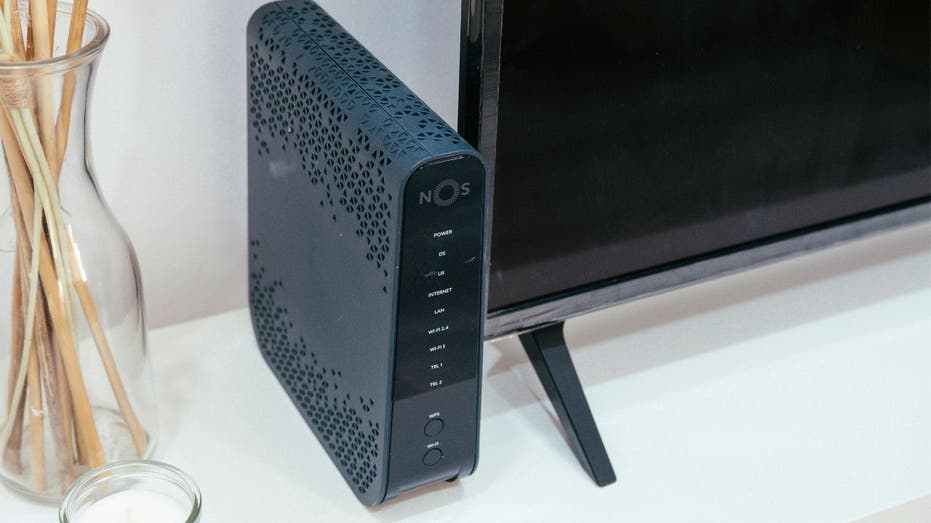
Tech expert Kurt “CyberGuy” Knutsson helps you ensure a smooth online experience with a reliable, secure home network setup.
With remote work becoming the norm, a reliable home network is more crucial than ever. Whether you’re video conferencing, streaming or managing critical work tasks, a robust and secure home network is no longer a luxury but a necessity.
A well-configured network ensures your devices stay connected and that your online experience runs smoothly. Here’s how to set up a high-performance home network, understand the equipment you’ll need and secure your connection.
Start by placing your router in a central location within your home. The closer your device is to the router, the stronger and more reliable your Wi-Fi signal will be. For a wired network, connect a switch or Ethernet hub to an available power outlet using a high-quality Ethernet cable.
Once your router is installed, it’s time to configure the security settings. Find your router’s online setup page on the instructions, which are usually provided with the device or printed on the router itself. Key settings to change include renaming your network and updating the network security key. Check our list of the top routers for best security here.
When setting up your home network, you’ll need to choose between a wired or wireless configuration. Wired networks offer enhanced security and faster speeds, but wireless networks offer the convenience of connecting multiple devices without needing additional hardware.
Use an RJ-45 network cable to link your device to the router or switch. Most modern routers support Gigabit Ethernet (1,000 Mbps). For performance, it’s best to use Cat5e, Cat6 or Cat6a cables between your devices and router.
Switches are essential for connecting multiple wired devices within your home network. They allow devices to communicate over a single Ethernet segment and can be cascaded to extend your network. There are two types of switches:
Some switches also provide Power over Ethernet, which can power devices like access points or security cameras without needing a separate power outlet. This is particularly useful for devices in hard-to-reach areas.
To connect wireless devices, you’ll need a Wi-Fi-capable router or wireless access point. Wi-Fi comes in different generations, such as Wi-Fi 5 and Wi-Fi 6. Make sure your devices and router are compatible with the latest Wi-Fi version. If needed, a USB adapter can help update your devices for compatibility.
Wireless networks operate on two primary bands:
HOW TO SPEED UP YOUR WI-FI AND INTERNET CONNECTION
Both wired and wireless networks can experience connectivity issues if there are physical barriers or long distances between devices and the router. To expand the range of your network, consider these options:
HOW TO EXTEND WI-FI TO POINTS OUTSIDE YOUR HOME
Securing your home network is critical to maintaining your privacy. Here are some best practices to follow.
No matter how advanced your home network setup is, your internet speed and reliability depend on your provider and plan. If you’re experiencing lag, buffering or connectivity issues, it might be time to upgrade or switch to a better internet service.
Find the best internet plans in your area and get the most out of your home network.
SUBSCRIBE TO KURT’S YOUTUBE CHANNEL FOR QUICK VIDEO TIPS ON HOW TO WORK ALL OF YOUR TECH DEVICES
Setting up an optimal home network might seem complex, but with the right approach, it becomes a straightforward process that dramatically improves your digital experience. By understanding your network’s components, prioritizing security and investing in quality equipment, you’ll create a reliable digital infrastructure that supports your work and lifestyle. Remember, a well-configured network is an investment in your productivity, entertainment and peace of mind.
What other home technology topics would you like tips and tricks on? Let us know by writing us at Cyberguy.com/Contact.
For more of my tech tips and security alerts, subscribe to my free CyberGuy Report Newsletter by heading to Cyberguy.com/Newsletter.
Ask Kurt a question or let us know what stories you’d like us to cover.
Follow Kurt on his social channels:
Answers to the most asked CyberGuy questions:
New from Kurt:
Copyright 2025 CyberGuy.com. All rights reserved.
